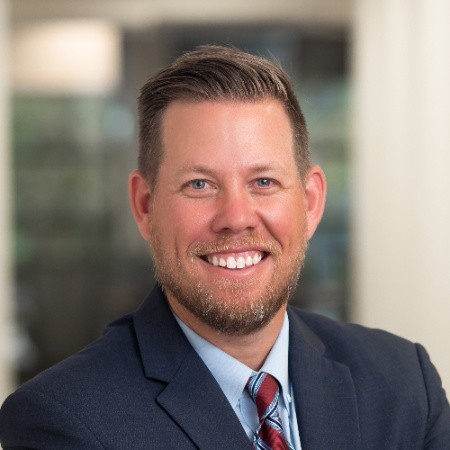Establishing a well-structured retirement committee represents a significant yet often-overlooked opportunity to demonstrate skill and deepen client relationships. Many financial professionals, particularly those serving smaller plans, mistakenly assume formal committees are unnecessary or unwelcome. In reality, helping your clients form a properly structured committee signals your professionalism while providing tangible benefits for your clients.
May 13, 2025
KEY TAKEAWAYS
- Consider forming committees of three to seven members.
- Provide annual fiduciary training to committee members.
- Keep committees engaged through periodic updates and insights.
Assemble your team
Guide your clients toward forming committees with representation from different parts of the organization to help balance diverse perspectives with decision-making efficiency. While finance and HR representatives typically form the core, ensure that at least one senior executive participates. While the size for a committee can depend on the size and goals of the organization, a committee of three to seven members may provide broad representation and diverse perspectives. Emphasize that the committee’s responsibility to make decisions for the exclusive benefit of plan participants outweighs specialized investment knowledge or retirement plan experience.
Establish clear leadership through three essential elements:
- A designated chairperson — often the business owner or CFO — to lead meetings and resolve impasses
- A straightforward committee charter that defines authority, accountability and member rotation procedures
- Written acknowledgments from each member accepting their fiduciary role and responsibilities
Fill the training gap
Though fiduciary training is not explicitly mandated, the Department of Labor considers it an important component of prudent plan governance. Unfortunately, formal training remains rare, especially in the small-plan market. This gap creates a valuable opportunity to distinguish your practice.
Fiduciary training need not be burdensome — initial sessions typically require under an hour, with annual updates taking just 15 to 20 minutes. Beyond risk mitigation, this training demonstrates your expertise while encouraging clients to take their responsibilities more seriously.
Position annual training as essential risk management covering:
- ERISA (Employee Retirement Income Security Act of 1974) fundamentals and fiduciary standards
- Personal liability considerations
- Investment selection best practices
- Fee evaluation frameworks
- Service provider management
- Regulatory and litigation developments
Consider partnering with specialized resources like Fiduciary U™ to deliver branded, scalable training that enhances your service model while documenting your clients’ prudent oversight.
Get up and running
Once you’ve helped clients establish charters, appoint members and get training, you’ll need to maintain ongoing engagement. That may take the form of annual fiduciary training updates, onboarding new committee members and delivering regulatory and litigation insights. Your goal is to equip committees with the resources they need to make decisions that help improve the plan and drive results.
By positioning yourself as knowledgeable about retirement committee governance, you can differentiate your practice while delivering value beyond investment selection. This consultative approach can strengthen client relationships while helping to reduce their fiduciary risk.

Josh Itzoe is founder and CEO of FiduciaryWor(k)s and host of Fiduciary U™ Podcast. Formerly co-founder, partner and chief strategy officer of Greenspring Advisors, Josh is a CERTIFIED FINANCIAL PLANNER™ professional and Accredited Investment Fiduciary®.

